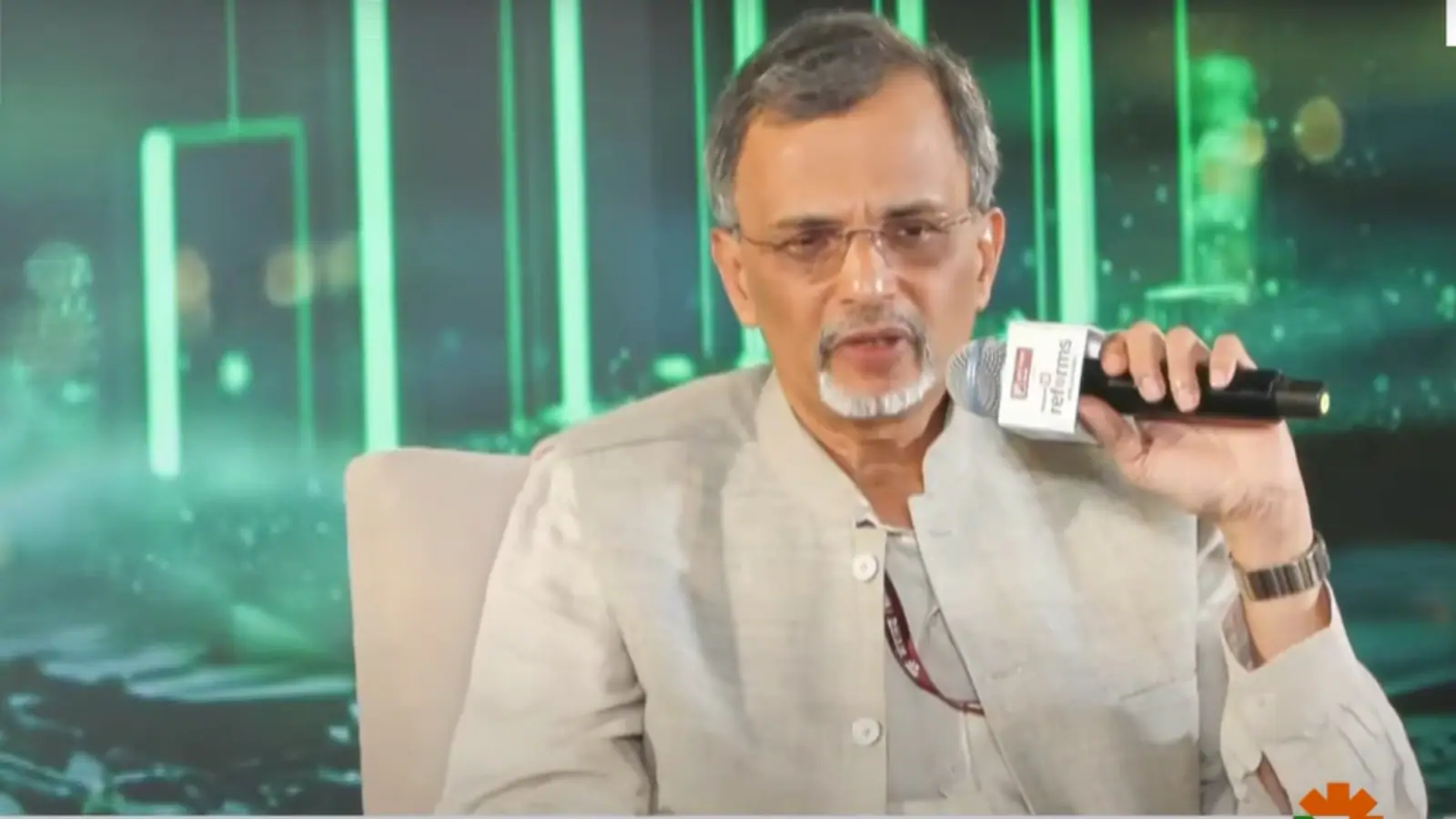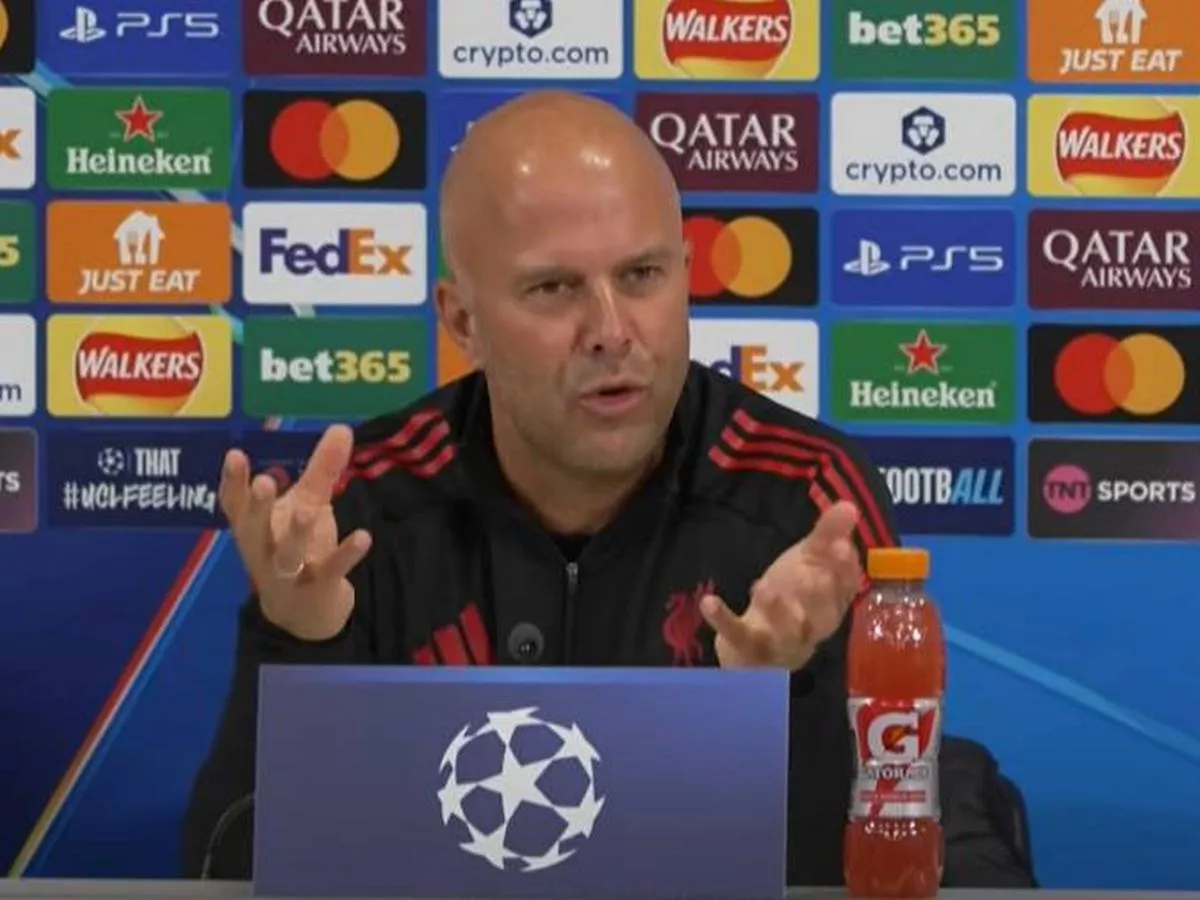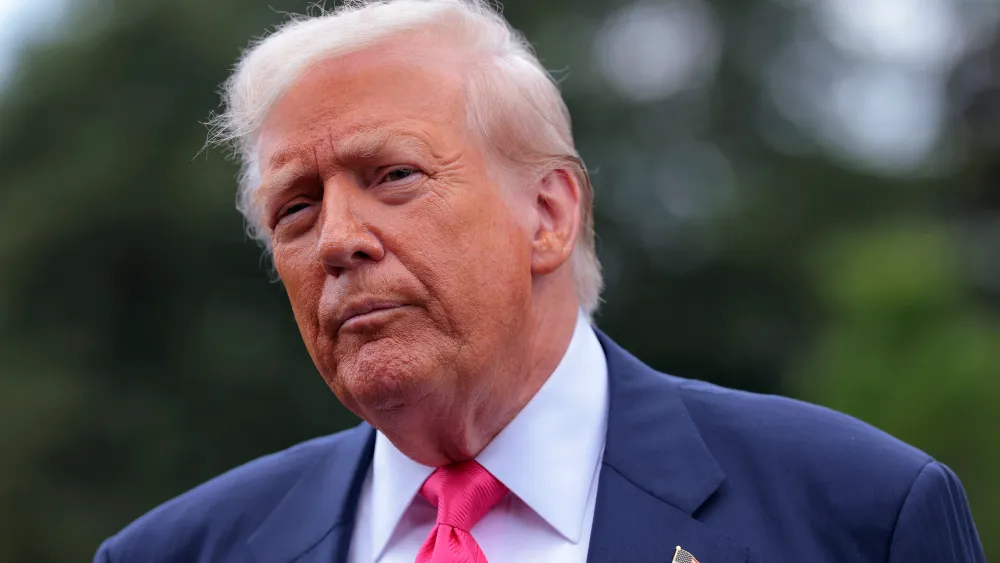By Karishma Jain,News18
Copyright news18

At the Network18 Reforms Reloaded summit in New Delhi, Chief Economic Advisor V. Anantha Nageswaran said the government’s latest round of GST rate cuts, dubbed GST 2.0, would act as a strong stimulus for domestic demand. In a fireside chat moderated by Shereen Bhan, Managing Editor of CNBC-TV18, he expressed confidence that India’s growth this year could trend towards the upper end of the 6.3–6.8 per cent band outlined in the Economic Survey tabled by Finance Minister Nirmala Sitharaman on January 31 this year.
GST Cuts As Economic Stimulus
Nageswaran underlined that the scale of tax savings from GST 2.0 was significant, especially when combined with the income tax reliefs announced in the Union Budget. “The total amount of taxes foregone is exactly the amount of saving that households are making, coming on top of the direct tax relief,” he noted. Factoring in the multiplier effect, he said the impact on GDP could exceed Rs 2.5 lakh crore, larger than the static tax-savings figure cited by the Prime Minister.
States’ Revenue Concerns Addressed
On questions about the effect of GST cuts on state finances, the CEA argued that the track record showed rate reductions had not hurt collections. He pointed to earlier episodes when revenues quickly rebounded after rate cuts, aided by higher transaction volumes and formalisation. “UPI transactions are growing 20–30 per cent year-on-year and have a high correlation with GST collections. With rate cuts, volume growth will dominate,” he said, adding that producing states too had fared better than expected since GST was introduced.
Fiscal Math On Track, Q2 Near 7%
Nageswaran maintained that the government remained on course to meet its fiscal deficit target of 4.4 per cent of GDP this year. Strong non-tax revenue growth and sustained consumption during the festive season, he said, would help keep the numbers steady. Based on high-frequency indicators, he added that second-quarter GDP could come close to the 7 per cent mark, though he refrained from making a formal forecast.
Tariffs And Global Risks
The CEA acknowledged that the new US tariffs would weigh on India’s exports but said the GST stimulus would soften the blow. Without the tax cuts, tariffs could have shaved off 0.4–0.5 percentage points from this year’s GDP growth and about 1 per cent next year. With GST relief now factored in, he said the overall impact would likely be lower.
H-1B And Outsourcing Moves Not Immediate Concern
Asked about the Trump administration’s new $100,000 H-1B visa fee and proposals such as a 25 per cent tax on outsourcing, Nageswaran played down immediate risks. He stressed that the visa fee would only take effect in 2026 and affected new issuances, not renewals. On the outsourcing bill, he called it “a private initiative” still far from becoming law, and said there was no need for pre-emptive concern.
India Still A Top FDI Destination
Nageswaran insisted that foreign investor interest in India remained strong despite global uncertainty. He cited first-quarter FDI inflows of $25 billion, an annual run rate of $100 billion, compared to $80 billion last year. “In the conversations I have had in the last one month, India remains a top investment destination. I haven’t seen any diminishing of that interest,” he said, pointing to India’s position as an alternative in the “China plus one” framework.
Next Policy Priorities: Deregulation, Energy And Education
Looking ahead, the CEA said the focus would shift from boosting demand to structural reforms. He highlighted three priorities:
Deregulation at both the Union and state levels to spur private capital formation and SMEs.
Energy transition and security, including opening up nuclear energy to private participation.
Human capital, with reforms in education and skilling. He noted that AI-driven changes in teaching and learning would accelerate the push for competition and outcomes in education.
Private Investment Outlook
On investment trends, Nageswaran said India had seen two strong years, one moderate year and one disappointing year of private sector spending post-Covid, but the overall record was not worrying. He added that capital formation at 30.4 per cent of GDP remained healthy, supported by lower government borrowing costs and demand recovery. “The biggest contribution the government can make is to provide demand conditions, ensure fiscal stability, and keep improving ease of doing business. All three are in place right now,” he said.
Industry’s Role: Wages And R&D
Nageswaran repeated his call for Indian industry to do more on wages and innovation. He noted that profitability growth had far outpaced wage growth among top manufacturing firms, and cautioned that this imbalance would become more acute with the advent of artificial intelligence, which could both displace and reshape jobs. He stressed that social stability was vital for long-term business success.
On R&D, he cited the pharma industry’s response to the TRIPS agreement in the 1990s as a model, arguing that IT services too needed to use the current disruption as a chance to rework their business model. “Every crisis is the only way we relook and re-examine the business model,” he said.
Trade Diversification And Self-Reliance
He welcomed India’s push to diversify exports through free trade agreements with the EU, UK and others, but cautioned that access alone was not enough, industry would have to improve competitiveness and the government would need to rationalise duty structures. On the Prime Minister’s comments on Atmanirbharta and Swadeshi, he clarified that the concept was not anti-FDI: “As long as the good is made with the sweat of the Indian, it is Swadeshi.”
China, Rupee And Markets
Asked about economic re-engagement with China, Nageswaran said resilience in supply chains remained key but did not spell out a roadmap. On the rupee, he said recent weakness was not a concern given strong reserves and low external debt. A modest depreciation, he added, could even boost competitiveness. He also saw scope for bond yields to ease further and described inflation trends as “fairly benign” through the end of next calendar year, assuming a normal monsoon.
Importantly, he cautioned that disrupting the current inflation-targeting framework of 4% (+/-2%) would send the wrong signals.



